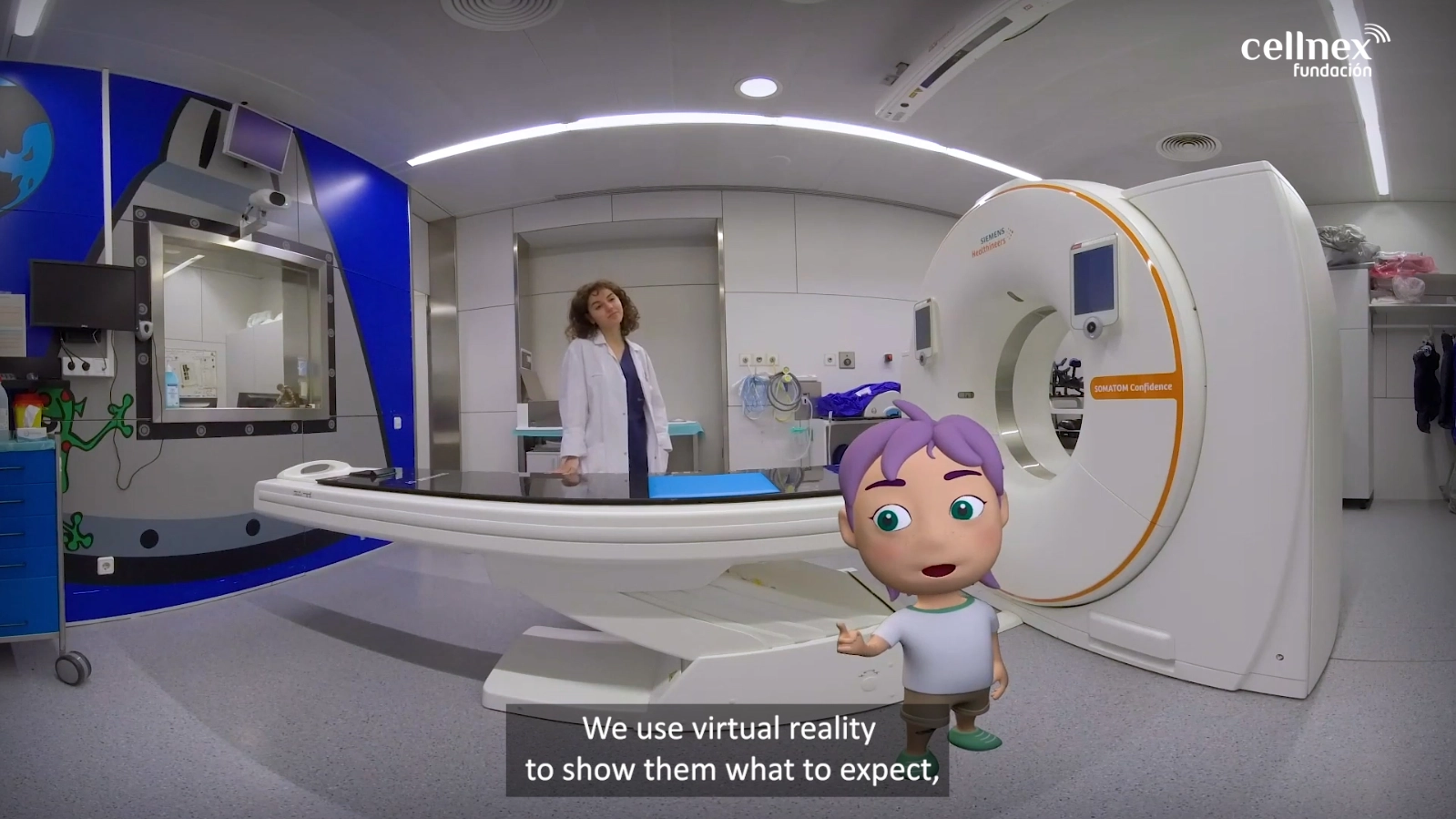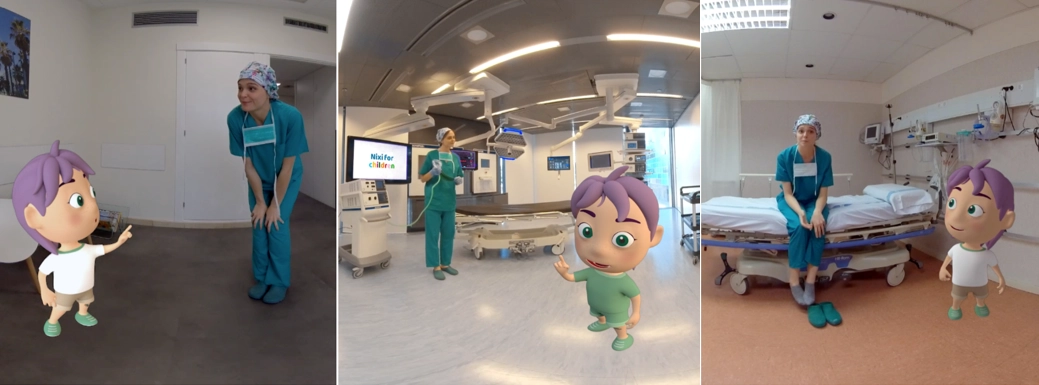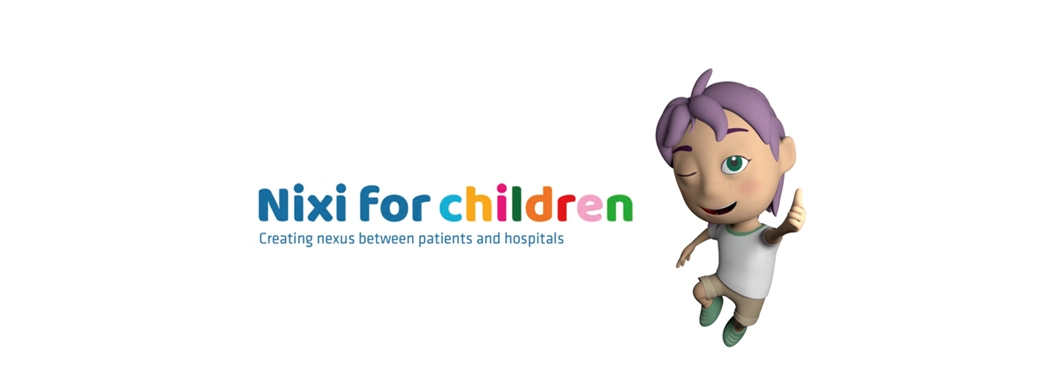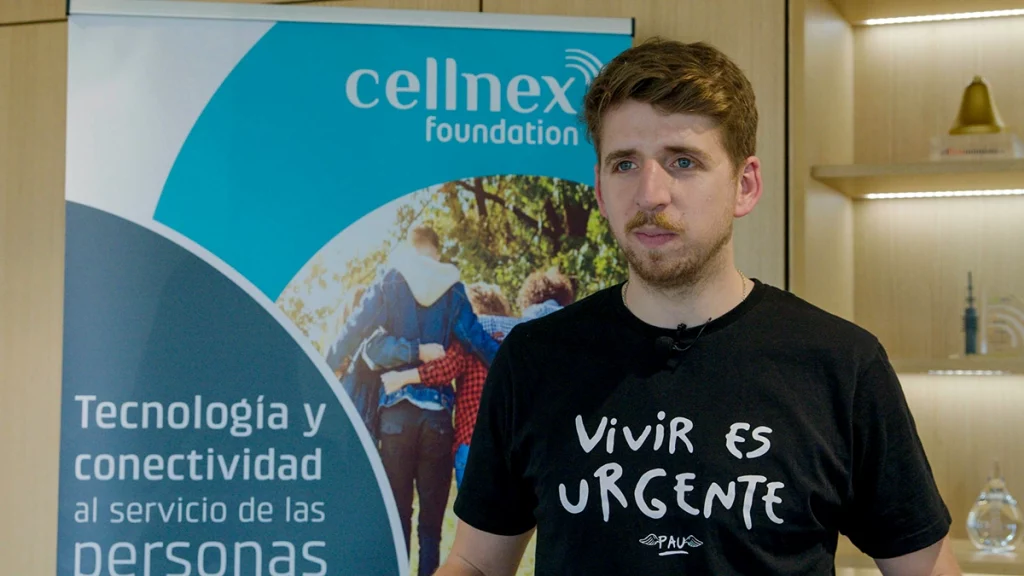Trends
Trends
JUN
02
2022
Spain
Nixi, a virtual boy to humanise hospital procedures
“This is the room where we’ll take the special photos that let us see inside you. To do that you have to keep very still, so Maria will blow up a mattress that will adapt to the shape of your body and help you to lie still.”
With these words Nixi, a three-dimensional boy with purple hair, interacts with a girl who is using a mobile phone and virtual reality glasses to gaze in fascination at the room in the hospital from the peaceful surroundings of her living room before she starts radiotherapy sessions to treat a tumour.
Over half a million children undergo hospital procedures in Spain every year. Between 60 and 80 percent of them suffer from anticipatory anxiety that results in higher doses of sedation and longer recovery times, among many other factors.
This was the starting point for the final year university project by Tomàs Lóbez Pérez, a 27-year-old graphic designer, founder and main shareholder of Nixi For Children, a “social enterprise” that has attracted interest from doctors, psychologists, investors and the Cellnex Foundation, which mentored and funded a proof of concept for an app that aims to help paediatric patients and their families with an immersive experience.
“It started out as a final year project that I was going to donate to a hospital, but after seeing its enormous potential to enhance the humanisation of paediatric treatment in hospitals, we launched a crowdfunding campaign and conducted a clinical trial with Germans Trias Hospital, which was the genesis of what we have today”, explains Tomàs.
The project aims to support families through the process of preparing for a situation that is difficult for children, focused around a training kit that includes an ordinary pair of cardboard glasses that turns into a virtual reality headset when used with a mobile phone; books with activities to do as a family; and information on a website to help parents and family members through the process.
“The kit is for the whole family … throughout the process we found that parents passed on their anxiety to their children, so we included material for mothers and fathers. The material is designed to be used as a family, and the activity book is a good way to break the ice at home, allowing parents to address the issue through play.”
Tomàs explains what sets his initiative apart from other virtual reality options that use techniques such as mindfulness, which skirt around the procedures and try to distract the youngsters from what is going to happen.
Tomàs Lóbez, Nixi For Children Founder
“We don’t sidestep the process and we use Nixi to take them into the diagnostic rooms, operating theatres and radiotherapy units. That way we can explain to them in simple terms what they’re going to feel and what they’re going to encounter when they go to hospital”, he says.
With guidance provided from medical personnel from the outset, the project initially focused on procedures in operating theatres and was subsequently used in radiotherapy and haemophilia treatments. It is currently being used in 15 hospitals in Spain while negotiations are under way to add the first hospitals in the United States to conduct the first pilot test on the other side of the Atlantic before the summer.
“We started with operating theatres, but we have gradually opened up new lines such as radiotherapy where doctors tell us that, in addition to reducing anxiety, sedation levels could be lowered in sessions that are sometimes spread over 30 or 40 days, during which the children have to lie very still for five minutes”, says Tomàs.
Vall D’Hebron Hospital is collecting data to show how using the kit reduces the need to sedate the patients so much.
“We are expanding to other lines of work such as proton therapy and two more treatments that will arrive in 2022. We also aim to increase the number of hospitals and are about to publish the randomised double-blind clinical trial (the evaluators do not know whether the child was prepared with the virtual reality kit) conducted on 125 children from 2019 onwards to measure children’s anxiety levels before they enter the operating theatre under the normal procedure vs. the protocol using Nixi.
The project was one of three selected by Cellnex Bridge because of its reach and social impact. With this programme, the Cellnex Foundation aims to provide a launchpad for start-ups with values.
The telecommunications infrastructure operator offered mentoring and assistance during development of the proofs of concept, thereby accelerating the holistic impact of the project. Their support made it possible to define the graphics and interactive capabilities to improve interaction for the children, humanise Nixi’s emotions and give depth to virtual experiences.
“Cellnex Bridge was the first step towards a new generation of virtual reality experiences that we are going to create at Nixi in both technological and design terms”, explains the founder, who stresses the importance of the role played by mentors in an initiative in which the consulting firms Aticco and Innuba also took part. “The financial backing was a key factor and the reputational support of a major corporation like Cellnex, even more so. The partnership with Aticco and Innuba meant that we were guaranteed an amazing panel of mentors.”






















